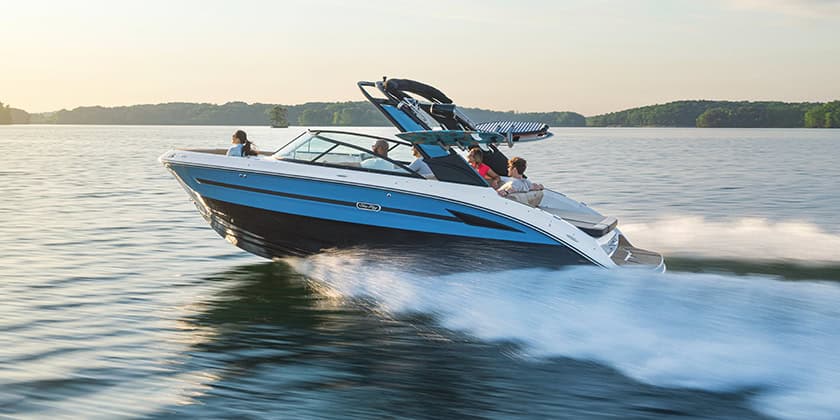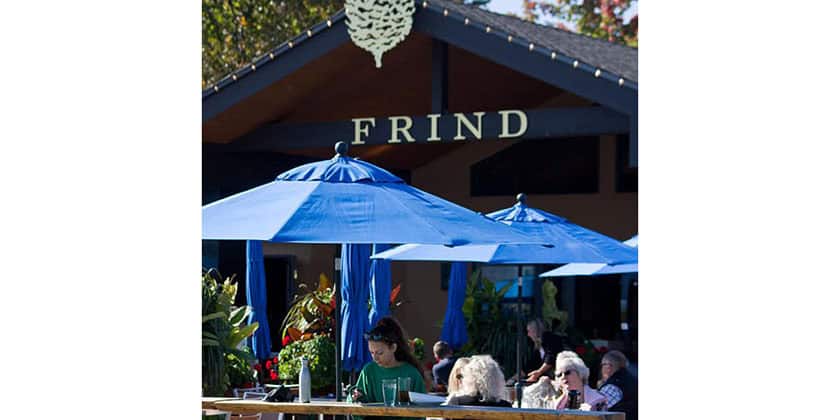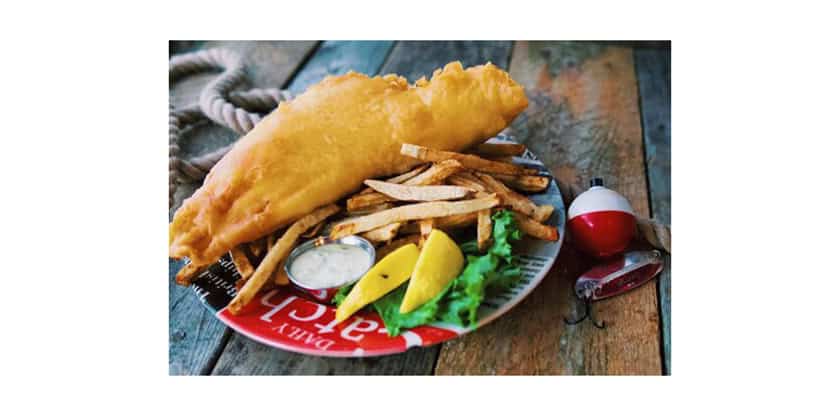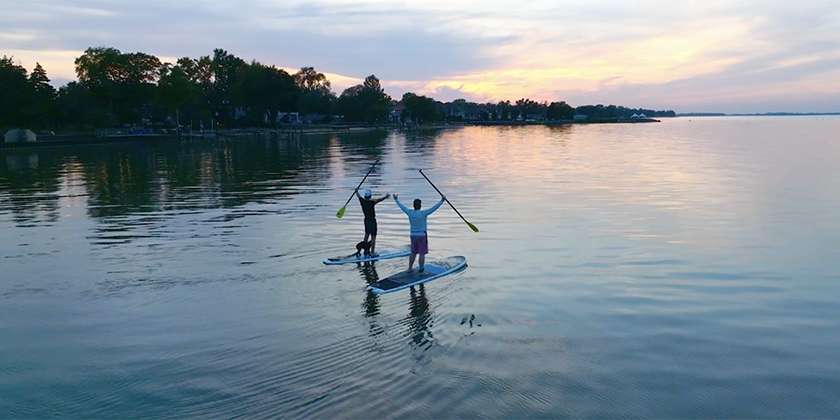The Megabyte
By Steve Killing
The Megabyte concept doesn’t immediately bring Bruce Farr’s name to mind. After all, this new little dingy is a far cry from the 60-foot Whitbread Around-the-World missiles that Farr’s Annapolis office has become famous for – for one, the Megabyte has a lot more headroom.
But Farr is just one of the well known names connected with the Megabyte; there are several decades of knowledge and experience behind this boat. Take a good look at the hull for your next hint. Byte Boats’ owner Ian Bruce was part of the team that brought us the Laser, and later he worked with Peter Bjorn to produce the Byte. After a sojourn back into the world of industrial fibreglass, Bruce has returned to the sailing industry to spearhead the Megabyte project.
Frankly, choosing between the Byte and the Megabyte is determined by the dial on the bathroom scale. If it registers above 175 pounds, the Megabyte is your boat. (The creators suggest an optimum single-handed weight of 220 pounds). However, if you are on the light side, but you like the boat, there are several ways to increase your weight. Eating more is an obvious possibility, but perhaps not the healthiest, so why not bulk up by having another person join you on the scale? The Megabyte, unlike its smaller siblings, will comfortably hold two people up to a combined weight of about 400 pounds. In Bjorn’s mind that means mothers can teach their sons how to sail in a boat that is still manageable. Seating in the cockpit accommodates two with ease, either on the chamfered side decks or right down inside the boat. A thwart forward provides an additional inside seating platform for the crew.
Most sailors have a general knowledge of the Laser (now built by Vanguard in Rhode Island), so a comparison of t he Mega byte’s hull shape to this well-known dinghy may be helpful. The hull lines drawing shows a cross section shape in the back half of the boat that you would have trouble differentiating from the Laser – the hull is slightly rounded across centerline, with tighter curvature at the bilge and a healthy amount of flare. Even though the character of the curves is almost identical, the overall beam and height of the boats differs. The Megabyte is eight inches wider, and judging from the drawing, about three inches higher, which together will make for a more stable and drier ride.
The front half of the boat is where Farr has made some significant shape changes. The waterline fines up forward and the hull sides become more vertical. This shape will slice waves well and avoid some of the pounding that dinghies can experience in moderate wind and a sloppy sea. The bow shape is what Bruce calls “typical Farr,” which to me means nicely sculpted, fairly vertical, slim waterlines. The hull shape is clean, pretty and functional.
Construction is efficient but not exotic. Through careful use of hand laid fibreglass, polyester resin and Core Cell, vacuum-bagged into a mould, the car top weight is 120 pounds – just manageable for one and easy for two. The mast is a free-standing carbon fibre tube that supports the single sail. The spar is significantly lighter than its aluminum counterparts, which will be appreciated by both young or aging sailors at the launching ramp. Sail area is about 30 percent greater than the Laser.
Another innovation, which I like, is the daggerboard. Two aluminum extrusions forming the forward and aft halves of the board slide together and are capped with plastic castings. The resulting foil-shaped, aluminum board is durable, cost effective and lighter than a composite board.
The prototype debuted at the Annapolis boat show and production models should be available in February of 1999, as the Megabyte has all the makings of another success story.
Originally published in Canadian Yachting’s Winter 1999 issue.
Specifications:
Length 14’ 3”
Beam 5’ 2”
Draft 6.5′
Weight car top 120 lb.
Optimum single-handed crew weight 200 lb.
double-handed crew weight 200 to 400 lb.
Sail Area 98 sq. ft.






















